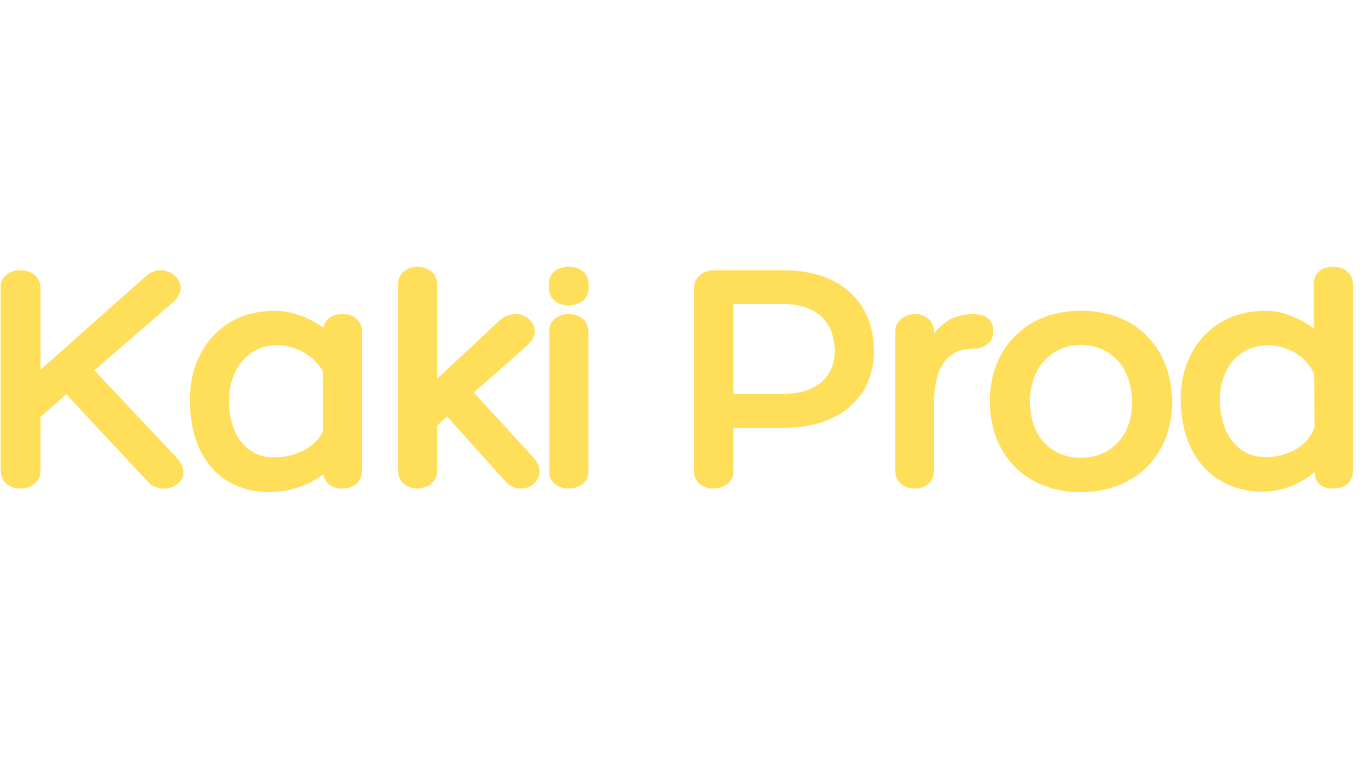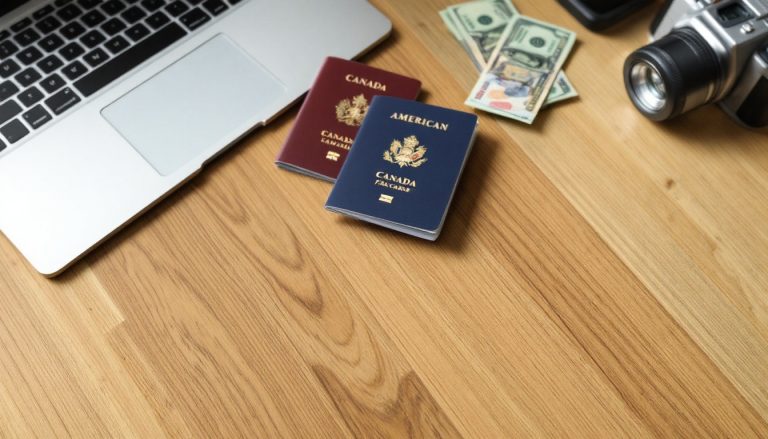So, here we go — the age-old debate: Canada vs. USA. Which one’s the Promised Land in terms of tranquility and stuffing your bank account like a Christmas turkey?
Our brainiacs at Kaki Prod peeled back the layers on just that. We’re talking a deep-dive into the cash flow, life quality, and just how safe you’ll feel walking down the street in these two giants of North America.
Job markets? Got it covered. Healthcare hocus-pocus? Ditto. Crime rates? Oh yeah, we’re getting into it. All the ingredients you need to cook up a solid decision about where to pitch your tent in this carnival of a world.
Where’s the Money At: Canada or USA?
Job Markets and Industries
Alright, let’s get down to it. The USA – think big, bold, with a job landscape that’s wide as the Grand Canyon. Places like Silicon Valley? They’re like rock star arenas for tech gurus. Then you’ve got emerging sectors; AI is the shiny new toy everyone wants. Now, shift gears to Canada – the quiet powerhouse. They’re killing it in renewable energy, healthcare, and natural resources. The Canadian government’s all in on clean energy – they’re practically hugging trees – and boom, green jobs are skyrocketing at 3.4% annually (Clean Energy Canada).
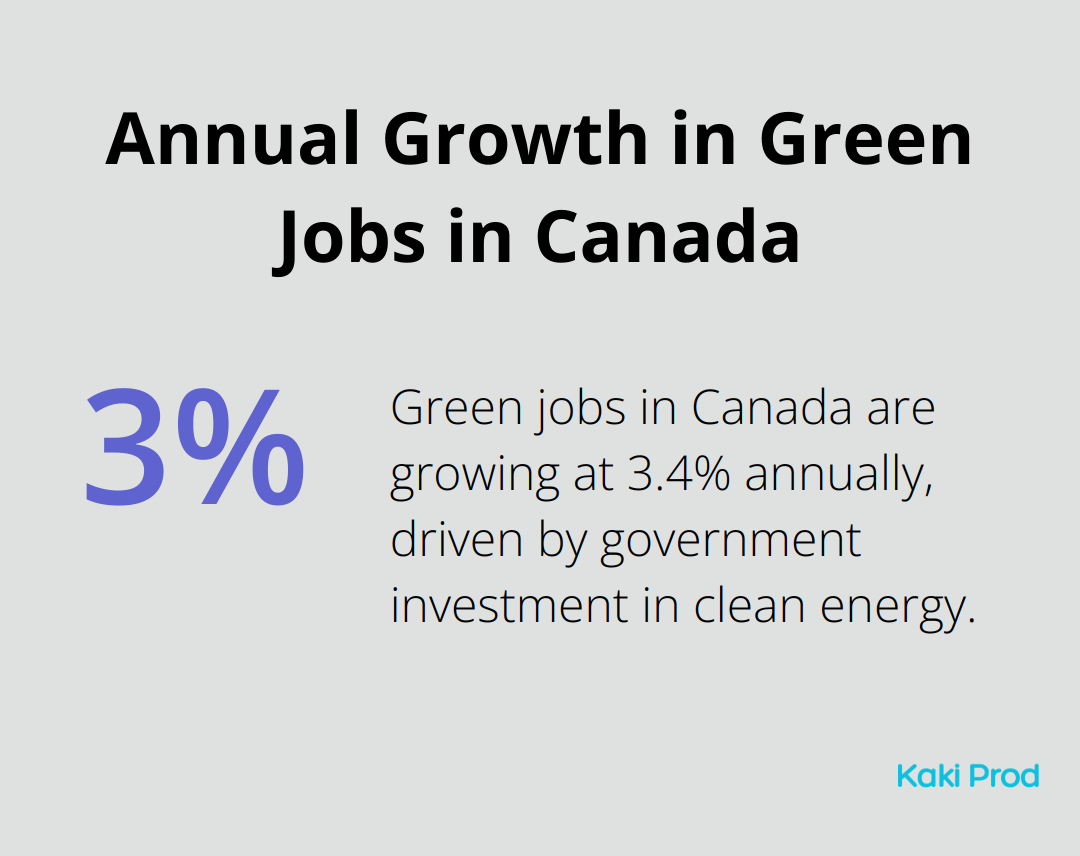
Salaries and Cost of Living
Now, here’s the punchline: In the USA, salaries tend to hit the ceiling – especially if you’re in tech and finance. By the time we circled 2023, median household income was chilling at $70,784 (U.S. Census Bureau). Meanwhile, up north in Canada, we’re looking at CAD 87,930 (that’s around USD 65,000) according to Statistics Canada.
But hey, don’t grab the party hat yet. The cost of living is like that uninvited relative – it follows you everywhere. Sure, you’re rakin’ it in, but cities like San Fran and NYC? They’ll eat your paycheck for breakfast. Canadian cities, like Montreal and Calgary? More like a gentle nibble on your wallet. Numbeo’s 2023 Index had Toronto at the 24th spot globally for cost of living, while our Big Apple friends hit number 6. Cha-ching.
Tax Systems and Financial Incentives
Dive into taxes – it’s as thrilling as it sounds. Canada keeps it progressive; high earners pay more, but you get those social services we all secretly love. The CRA spills that federal tax rates range from 15% to 33%, based on your dough.
Cross the border to the USA, and taxes get trickier – a regular maze. Rates can be lower, especially if you shack up in tax-free havens like Texas or Florida. IRS figures toss out federal tax rates from 10% to 37%.
And incentives? Canada’s waving goodies like the Canada Child Benefit – up to CAD 6,997 annually per kid under 6. The USA fires back with its own Child Tax Credit – details differ, but you get the drift.
When it comes to saving up for the golden years, both places have goodies. Canada’s RRSP and the USA’s 401(k) – same ballpark, different plays. Contribution limits, who’s setting it up – they’re the fine print you gotta read.
So, where does this leave you? Depends if you’re chasing the high earning clouds or settling on stable ground. The USA might inflate your wallet in some sectors, but Canada’s about that balance life – services, quality of life, you name it. As we sift through these money vibes, think about the day-to-day grind and those long-term dreams. Next up, we’ll chat about how life stacks up between these two North American titans.
Is Canada Really Better for Quality of Life?
Canada often takes the spotlight away from its southern neighbor when it comes to quality of life. Let’s dive into the key factors behind this perception.
Healthcare: A Tale of Two Systems
Canada’s universal healthcare system is kind of like the crown jewel of its quality of life. Every resident gets a health card, opening the doors to most medical services without the headache of direct charges. Meanwhile, the U.S. healthcare scene? It’s like trying to buy a Ferrari-it’ll cost you.
Still, Canada’s system isn’t perfect. Wait times for non-emergency procedures can stretch out longer than your favorite Netflix series. The Fraser Institute discovered that in 2023, the median wait time for specialist treatments after referral hit 27.4 weeks. The USA might offer quicker service sometimes, but it comes with, let’s say, a hefty price tag.
Education: Investing in the Future
Canada’s education scene consistently shows up in the global top charts. The Programme for International Student Assessment (PISA) ranks Canadian students right up there with the best. In 2022, 12% of students in Canada were top performers in mathematics, scoring Level 5 or 6 in the PISA math test.
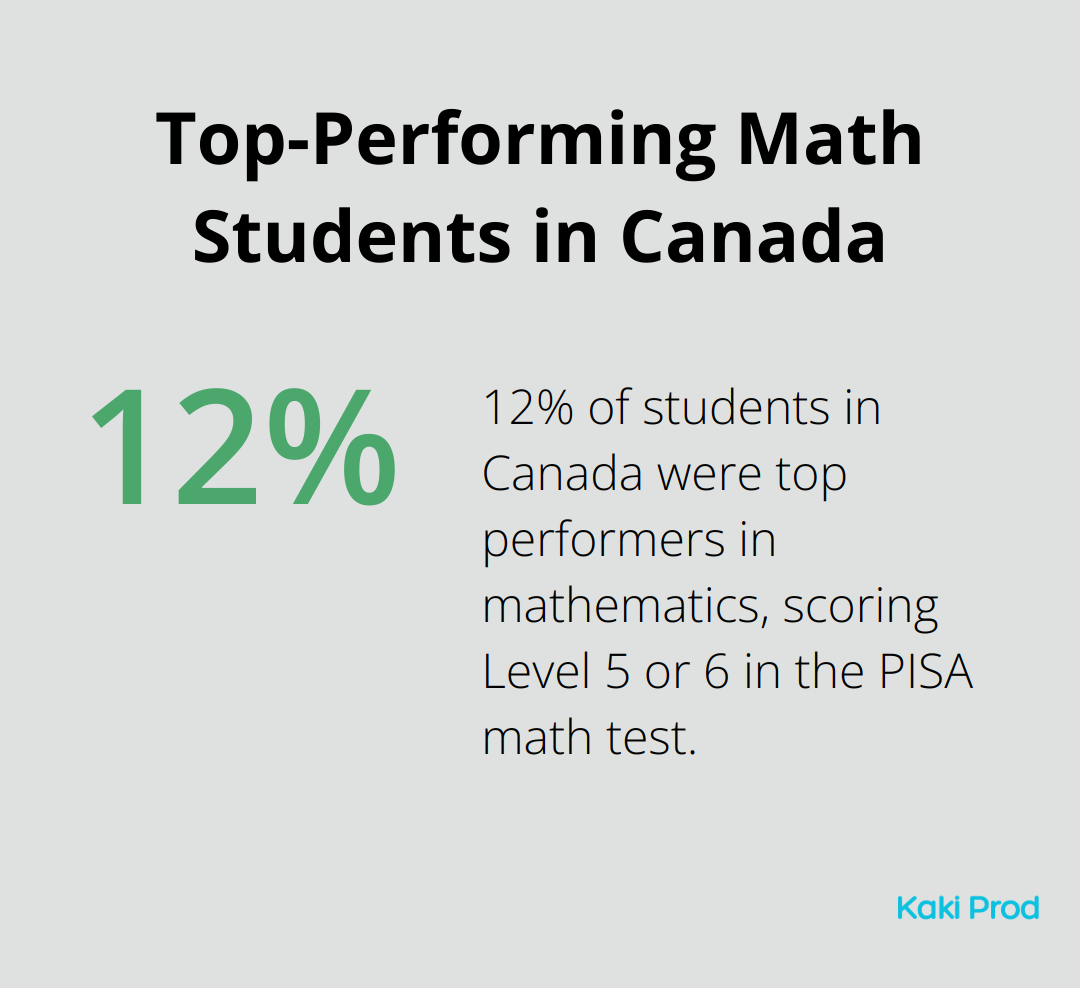
But check this out-tuition fees tell a whole different tale. Statistics Canada says undergraduate students shelled out an average of CAD 6,693 for the 2022/2023 academic year. Stateside? The National Center for Education Statistics notes an average of USD 9,349 for in-state public four-year schools, with private institutions skyrocketing to USD 32,769.
Work-Life Balance: The Canadian Edge
Canadians seem to have cracked the code on work-life balance. The OECD Better Life Index shows only 3.7% of Canadians drag through ultra-long working hours, versus 11.1% in the USA. More time on their hands for personal pursuits and hanging out with family.
Parental leave policies really underline Canada’s commitment to this balance. New parents can step away for up to 18 months with benefits. The USA falls short, offering up to 12 weeks of unpaid leave under the Family and Medical Leave Act (some states might offer a bit more, if you’re lucky).
Social Policies: Supporting Families
Canada’s social policies play a major role in its high quality of life. The Canada Child Benefit (CCB) program has been a game changer, slashing child poverty from 9.4% in 2019 to 4.7% in 2020 and lifting 435,000 kids out of poverty.
Both countries have their own strengths, but Canada’s solid social systems and focus on work-life balance give it a big leg up in the quality of life stakes. Up next, we’ll take a closer look at another crucial factor that sets these two nations apart: safety and peace.
Is Canada Safer Than the USA?
Crime Rates: A Clear Difference
The numbers don’t lie, folks. In 2023, Canada’s crime rate hit 5,375 incidents per 100,000 people (courtesy of Statistics Canada). Meanwhile, the USA clocked in at 3,945.9 violent crime incidents per 100,000 (hello, FBI). Translation? The safety vibes are pretty different between these two, and the numbers are doing all the talking.
Homicide rates? They crank up this contrast to eleven. The United Nations Office on Drugs and Crime painted a vivid picture in 2023-with Canada and the USA looking like night and day on the intentional homicide map.
Gun Control: A Different Approach
Enter Canada with its arsenal of… well, gun laws. These aren’t just for show. The country has some serious measures: a national handgun freeze, stiffer penalties for gun smuggling-the works. By 2023, Canada tallied 34.7 firearms per 100 folks (Small Arms Survey puts it on the record). And the USA? 120.5 firearms per 100 people. Yeah, it ain’t even close.
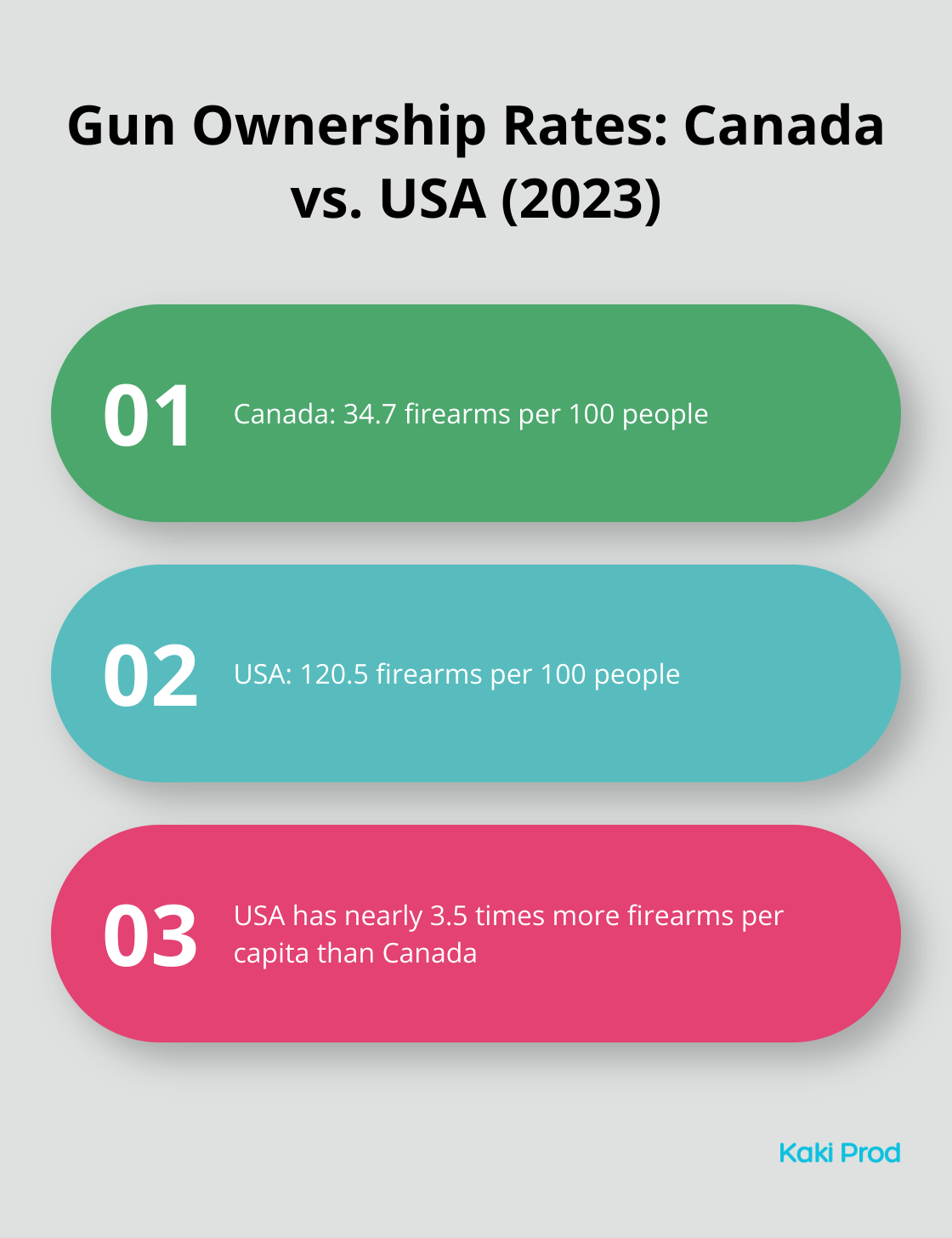
This gun ownership divide speaks volumes in gun-related death stats: Canada marked 2.05 gun deaths per 100,000 people in 2023, while the USA went for 12.21 per 100,000 (hat tip to the Institute for Health Metrics and Evaluation).
Social Harmony: The Canadian Way
So, what’s in Canada’s secret sauce? Multiculturalism and inclusivity-a blend that keeps things calm. In the 2023 racial equity rankings, Denmark, New Zealand, and the Netherlands were the cool kids, topping the list. Canada follows with its diversity-loving playbook.
Social policies up North aim to level the playing field and cool off societal friction. Check out the Gini coefficient-a whopping 0.30 for Canada in 2023 versus the USA’s 0.41 (thanks, OECD). Lower inequality often means lower crime and less social turbulence. Simple math.
Peace Index: Global Rankings
The Global Peace Index jumps in with its two cents on safety. Come 2023, Canada rocked the 6th spot out of 163-while the USA sat way back at 129th. This ranking looks at the whole enchilada: societal safety, ongoing conflicts, militarization… the works.
Community Policing: A Proactive Approach
Last but not least-Canada’s secret weapon: community policing. This strategy’s all about getting law enforcement and citizens on the same page (neighborhood watch, youth outreach-you name it). By building trust and preventing crime, they’re stacking the deck in favor of peace.
Final Thoughts
Canada or USA? That’s the question, right? So, they both have their perks-like picking between oysters and a burger. But, Canada? Yeah, it’s pulling ahead in the peace-and-prosperity race. Economically solid-kind of like a great pair of jeans that don’t cost a fortune and always fit. With top-tier salaries and a cost of living that doesn’t make you cry… too much, it’s the sensible choice. Oh, and let’s not forget-universal healthcare, A+ education, and that sweet work-life balance, baby. It’s like Canada figured out the cheat code to a better quality of life.
Safety and social harmony? Canada’s got that in spades. Less crime, tight gun control, and a big, cozy blanket of multiculturalism-love it. Just look at the Global Peace Index: Canada’s chilling at 6th, while the USA… well, it’s down at 129th. It’s like comparing a zen retreat with a high-speed car chase.
At Kaki Prod, we get it-making choices that matter is how you grow, both personally and professionally. That’s why our Kaki Prod platform is packed with the good stuff-resources and insights to guide those big life decisions. Whether you’re dreaming of the Great White North or eyeing life stateside, make sure your choice vibes with your goals and values. Simple as that.
